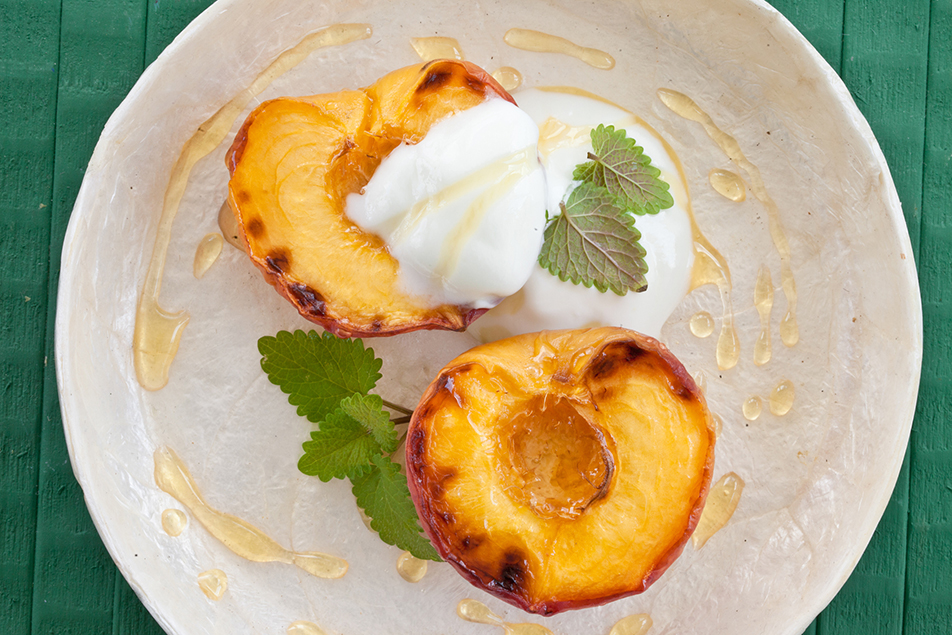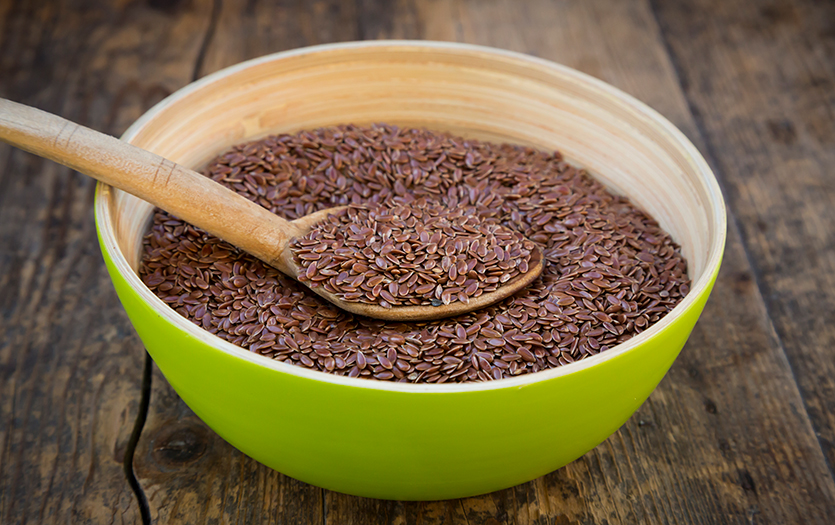
This post was written by Jenny Gotsch, CD, Parkview Health.
Picnics and barbecues are a nice way to enjoy the season, but it’s important to go about it in a safe way.
Keep your cool
One of the most important things when preparing food to consume outside, is to keep cold foods cold. Bacteria grows in what we call “the danger zone”, which is in between the 41- to 135-degree temperature range. If a food is intended to be consumed cold, you don’t want to keep it at room temperature for more than two hours. The bacteria level can really grow and make us sick. It’s best to dispose of any food that has exceeded that two-hour mark to avoid becoming ill.
When packing a cooler, adding ice is an obvious way to keep foods cold in transit. One trick I like to do is empty out half gallon milk cartons, rinse them and fill them with water. They serve to cool down food in the cooler and then, when I’m done with them, I can drink the cool water.
If you plan to prepare food at home ahead of time, it’s important to make sure it’s thoroughly cooled before you put it in the cooler or insulated container. Putting warm food in a cooler raises the temperature of other food in the space and makes the ice melt faster. To lower the temperature of foods faster, cool them in shallow containers in thin layers in the refrigerator. Leave the lids off until the food is completely cool to avoid trapping unwanted heat.
Don’t forget to cool any other items normally stored in the refrigerator, including opened condiments and deli meats.
Heating hints
It’s just as important to keep hot foods hot. The same rules apply when it comes to bacteria growth. There are hot packs and insulated bags available for food-safe transportation. Keep foods of different temperatures away from each other. Put your cold foods in your coolers, your room temperature foods in separate bags, and your hot foods in insulated containers.
Cross contamination
Avoid cross contamination by practicing smart food preparation and packing. Use containers with lids or sealed bags as often as possible. If you’re doing marinated chicken on the grill for example, put the meat and marinade in a covered container or a bag that’s sealed really well so you don’t have to worry about leaking.
Ideally, we should be thawing meat in the refrigerator, typically on your lowest shelf so the meat juices don’t drip on other ready-to-eat foods. This might require taking meat from the freezer the night before. Meats should not be thawed on a counter and should be completely thawed before cooking.
To further prevent cross contamination, put raw meat at the bottom of a cooler. Put ready-to-eat foods at the top of the meat and fresh fruits and vegetables on the very top.
Avoiding cross contamination is important when cooking food, too. You should always wash your hands after touching raw meat. Use different utensils, plates and cutting boards for raw meat and cooked meats and vegetables. You can use the same utensils that you put the meat on the grill with to flip it throughout the grilling process, however, once it reaches its correct internal temperature, you need to let it sit for 15 seconds then use a new/clean set of utensils to remove the meat from the grill and place it on a clean plate.
If food has sat out for more than two hours or has become cross contaminated, it’s best to err on the side of caution. When in doubt, throw it out! With food safety you would rather be safe than sorry. There is nothing worse than spoiling a great picnic with spoiled food.

Picnic recipes
Grilled Peaches with Greek Yogurt
4 ripe peaches
1 cup vanilla Greek yogurt
1 teaspoon cinnamon
Honey
1. Cut peaches into halves and place face down on the grill. Grill for 4-5 minutes on each side, until soft. Remove from grill.
2. Add 1 tablespoon of yogurt on top of the peach, sprinkle cinnamon over the fruit and drizzle with honey. Repeat for all remaining slices. Enjoy!
Tomato Cucumber and Olive Salad
5 whole ripe tomatoes, cut into wedges
2 whole English cucumbers
½ whole red onion, diced
½ cup Kalamata (or favorite) olives
1 tablespoon fresh rosemary stem removed and chopped
3 tablespoons red wine vinegar
Salt and pepper, to taste
¼ cup extra virgin olive oil
1. In a large bowl, combine all ingredients except the vinegar, salt and pepper, and olive oil.
2. In a separate bowl, whisk together the vinegar, salt, pepper and olive oil. Drizzle over salad. Serve immediately or refrigerate to allow flavors to develop.
Creamy Avocado Yogurt Dip
½ cup plain fat free Greek Yogurt
2 ripe avocados peeled and seeded
1 clove garlic minced
3 tablespoons chopped fresh cilantro
1 tablespoon finely chopped seeded jalapeno pepper
2 tablespoons fresh lime juice
¼ teaspoon ground cumin
Salt and pepper, to taste
Pita chips, tortilla chips, or cut up veggies, to serve
1. Place the yogurt, avocados, garlic, cilantro, jalapeno, lime juice and cumin in a blender or food processor. Mix until smooth. Season with salt and pepper, to taste. Scrape dip into a serving bowl and serve with pita chips, tortilla chips or cut up veggies.
Caprese Salad Pita Pockets
1 cup cherry or grape tomatoes, quartered
4 ounces fresh mozzarella cheese, cubed
1 cup coarsely chopped cucumbers
3/4 cup mixed spring salad greens
¼ cup fresh basil leaves
2 tablespoons chopped green onions
1 tablespoon red wine vinegar or cider vinegar
1 tablespoon olive oil
¼ teaspoon salt
1/8 teaspoon ground black pepper
4 whole wheat pita bread rounds, halved crosswise
Large soft lettuce leaves
1. In a medium bowl, toss together tomatoes, cheese cubes, cucumber, salad greens, basil, green onions, vinegar, oil, salt and pepper. Line insides of pita halves with lettuce leaves. Spoon tomato mixture into pitas. If desired, wrap each pita in plastic wrap and chill for up to 2 hours before serving.
Greek Pasta Salad
½ pound favorite pasta
1 cucumber chopped
1 small red onion, finely chopped
1/3 cup pitted Kalamata olive, chopped
½ teaspoon dried dill
Salt and pepper, to taste
Juice of ½ a lemon
¾ cup plain Greek yogurt
1 pound shredded chicken
Dill, to serve
Chopped green onions, to serve
Feta crumbles, to serve
1. Cook pasta according to package directions, drain and let cool. Cook, shred and cool the chicken breast.
2. Combine cooled pasta and cooled shredded chicken in a large bowl with remaining ingredients and toss together until well mixed. Garnish the pasta with dill, onions and feta. Serve at room temperature.
Fruit Kabobs
Strawberries
Mango
Papaya
Pineapples
Bananas
Vanilla Greek yogurt, to serve (optional)
1. Cut up fruit into uniform pieces. Alternate adding them to skewers to make homemade fruit kabobs. Serve with vanilla Greek yogurt on the side as a dip, if you like.



